5 reasons why your grass seed isn’t growing and what you can do to help, according to garden experts
For a lush, green lawn, you have to ensure the conditions are just right
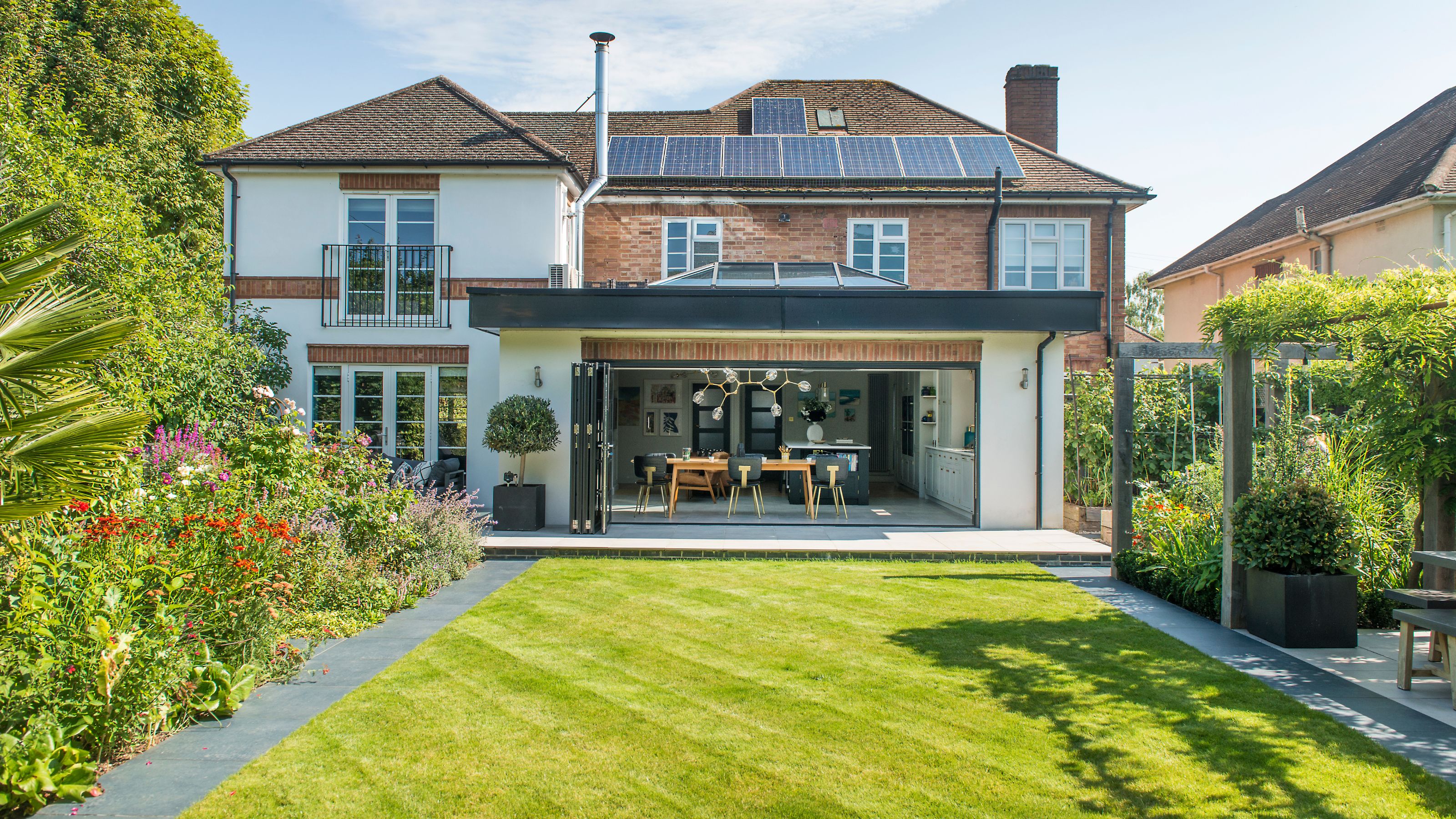

A lush lawn is the pride of many gardens, so if your grass seed is not growing, it can feel quite frustrating.
Having researched the best time to sow grass seed, reseeding and checking how long it takes for grass seed to grow, all to be left wondering ‘why is my grass seed not growing?’ can put a few worry lines on anyone’s face.
But don’t let your hard work go to waste, as gardening experts have revealed the five reasons why your grass seed is not growing, and the lawn care tips you need to revive it.
1. The weather
It may feel out of your control, but the weather can have a huge impact on how your grass seed grows.
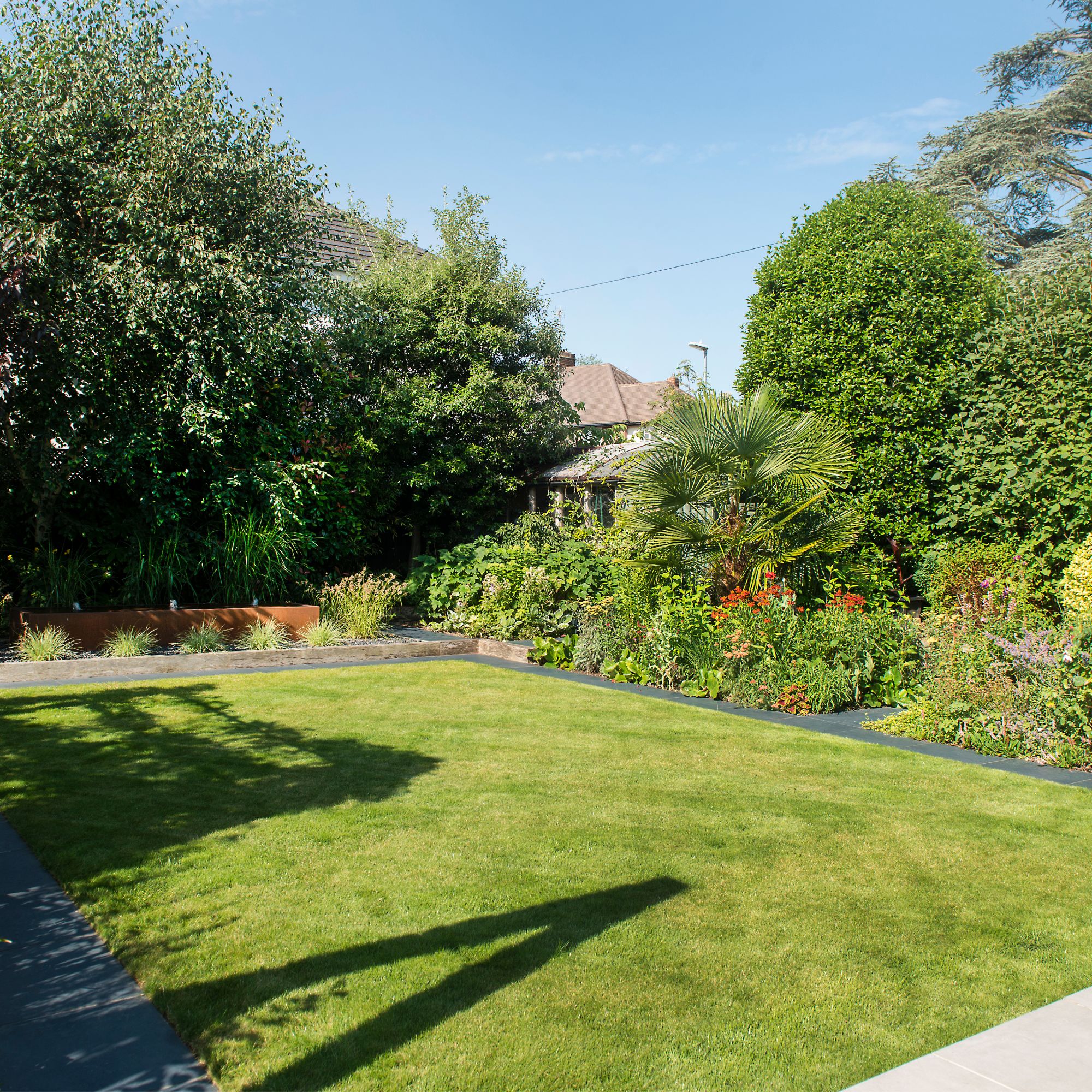
‘Most grass seeds require very specific temperature ranges to germinate. Cool-season grasses (like fescue or ryegrass) prefer 10-18°C, while warm-season varieties (like Bermuda) thrive at 20-30°C. Choose your grass seed carefully depending on your local climate,’ says James Ewens, gardening expert at Green Feathers.
In spring, we often get a mix of cold and dry weather, which can affect how your grass seed grows.
‘Even though spring temperatures can be warm through the day, at nighttime they can potentially drop to near or below freezing, which lowers the temperature of the soil,’ says Graham Smith MCIHort, gardening expert from LBS Horticulture.
'If you have been watering the soil where the seeds were planted or it has been raining, this can lower the soil temperature further, and shaded areas will also have a lower temperature,
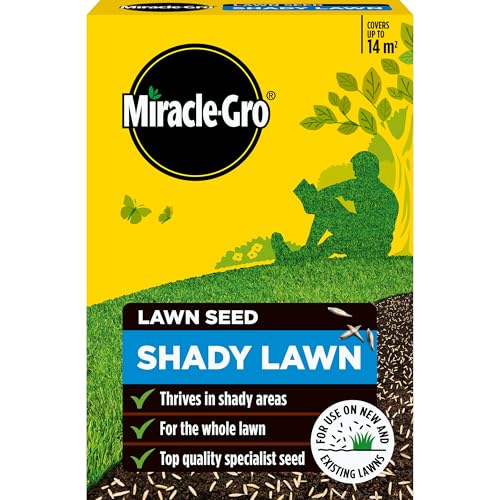
If your garden is dark or shady, this type of grass seed thrives in these conditons, making it a better choice for shady gardens.
2. Moisture
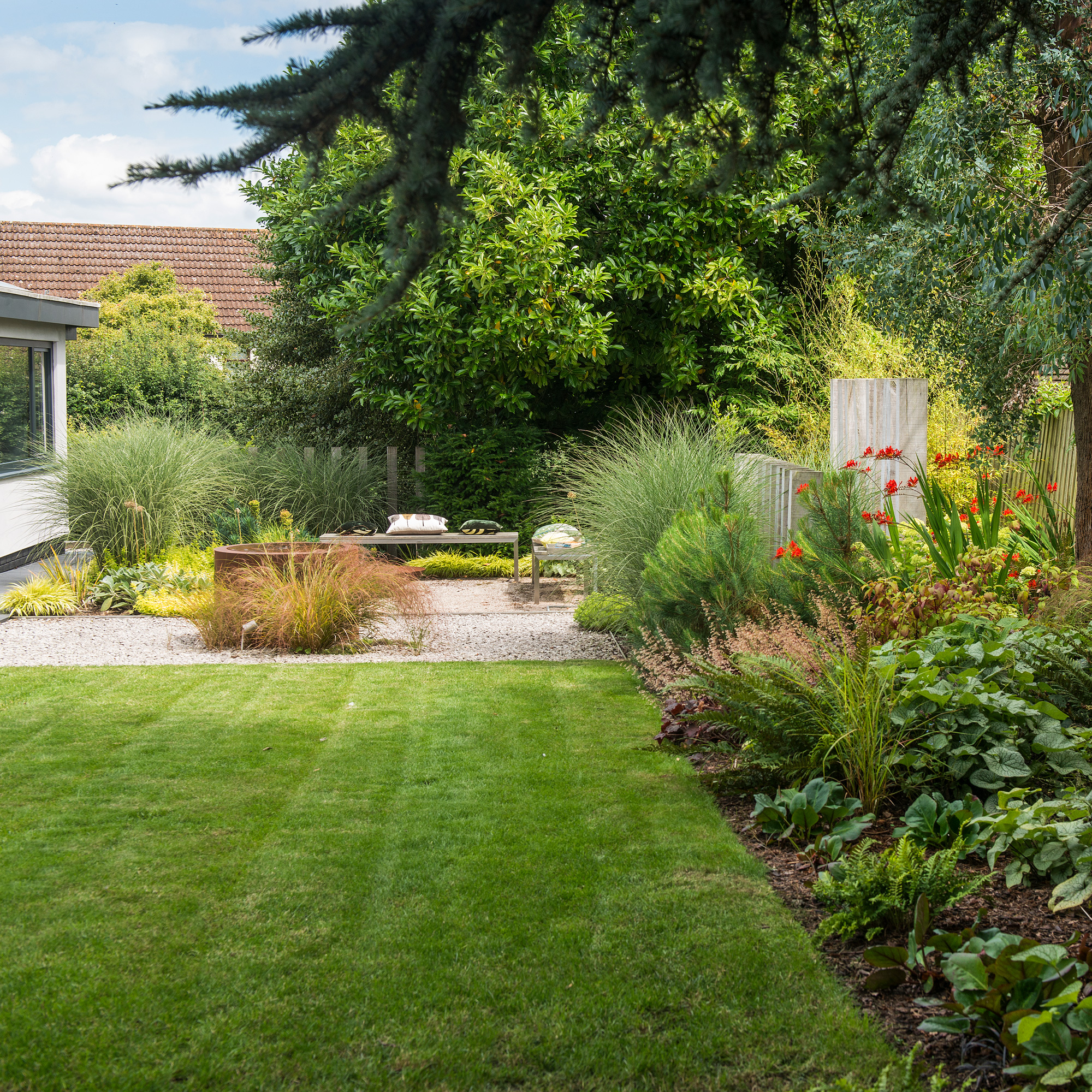
Grass seed germination is reliant on soil conditions. If your moisture levels are off, this can be a reason why your grass seed is not growing. Seeds need to stay damp but not soaked to ensure germination.
If your garden has experienced heavy rain or you have overwatered your lawn, the water-logged soil risks drowning your seeds, as once germinated, they need oxygen. Not only this, but too dry weather can also have a negative effect.
‘Dry weather in spring can mean that the soil does not have enough moisture when it is time to plant grass seed,' says Graham. 'If a moisture reservoir was not built up in the days prior to planting, it will be much harder to prevent the seed from drying out if you are only giving it a daily light watering.'
‘Ideally, before planting, create a moisture reservoir in the soil by watering a few days before planting, and then cover the seeds with sheeting to help keep the moisture in.’
3. Seed to soil contact
‘When planting grass seed, it must be in contact with the soil. If there is any debris in the way, such as moss or thatch, this leaves a barrier between the grass seed and the moist soil. The seed will germinate, but its roots will be unable to reach the soil causing it to dry out and die,’ says Graham.
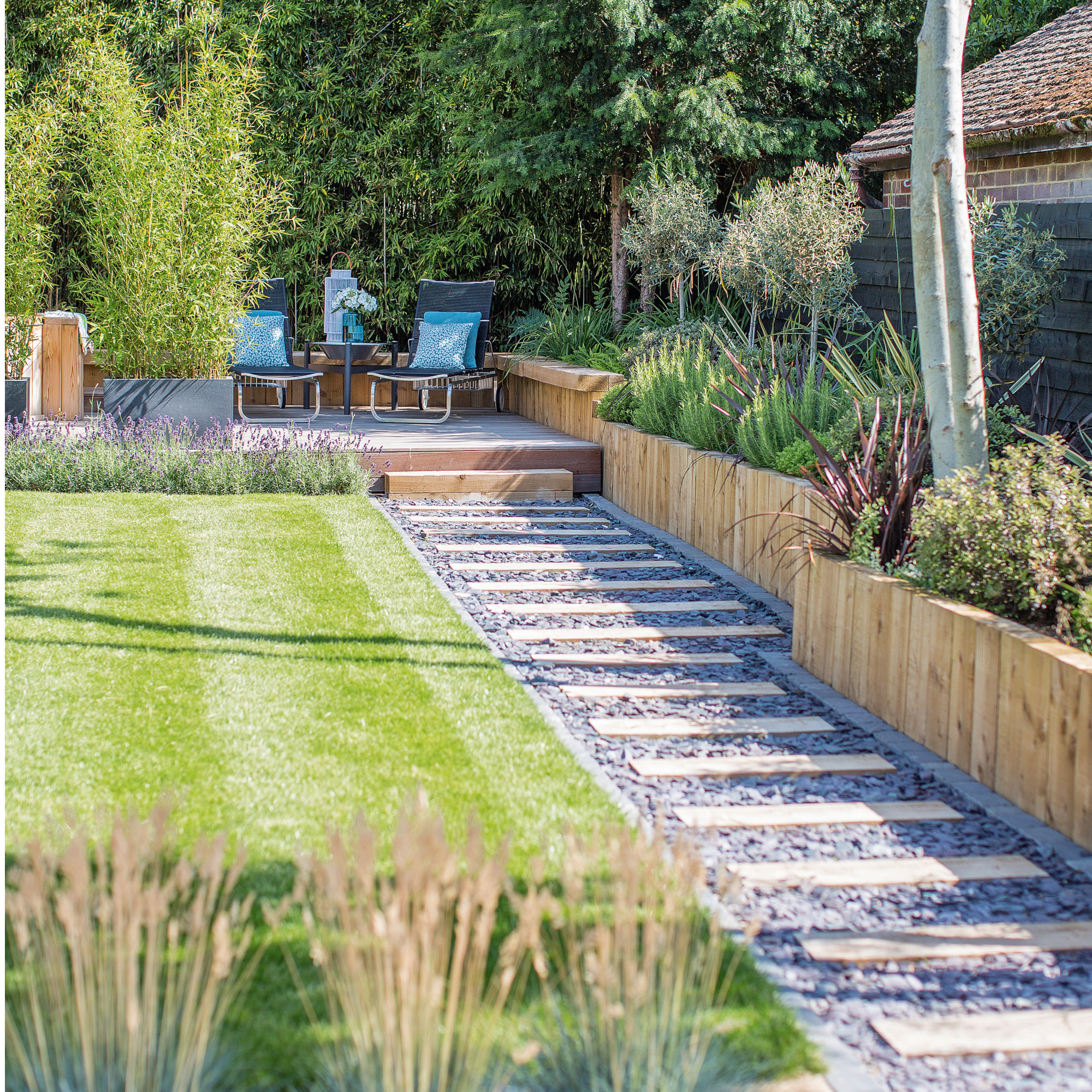
Because of this, it is worth scarifying your lawn before laying grass seed to remove moss and thatch build-up.
‘Seeds must be in firm contact with the soil in order to absorb moisture and begin growing. Loose scattering without raking or pressing in can lead to poor germination rates,’ James concludes.
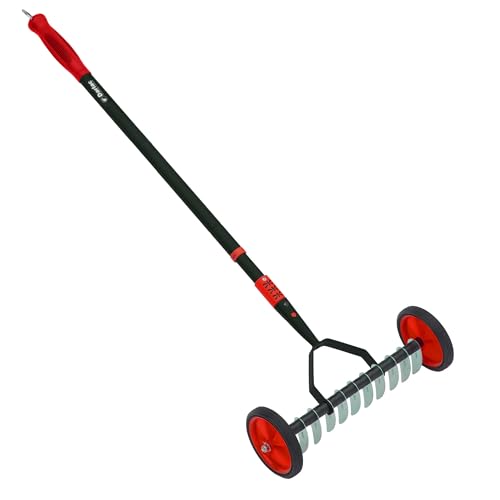
A scarifier tool such as this one, will successfully lift thatch from your lawn so you can remove it.
4. Seed quality
When laying grass seed, you also want to ensure you’re laying high-quality seed in order to achieve the most luscious lawn.
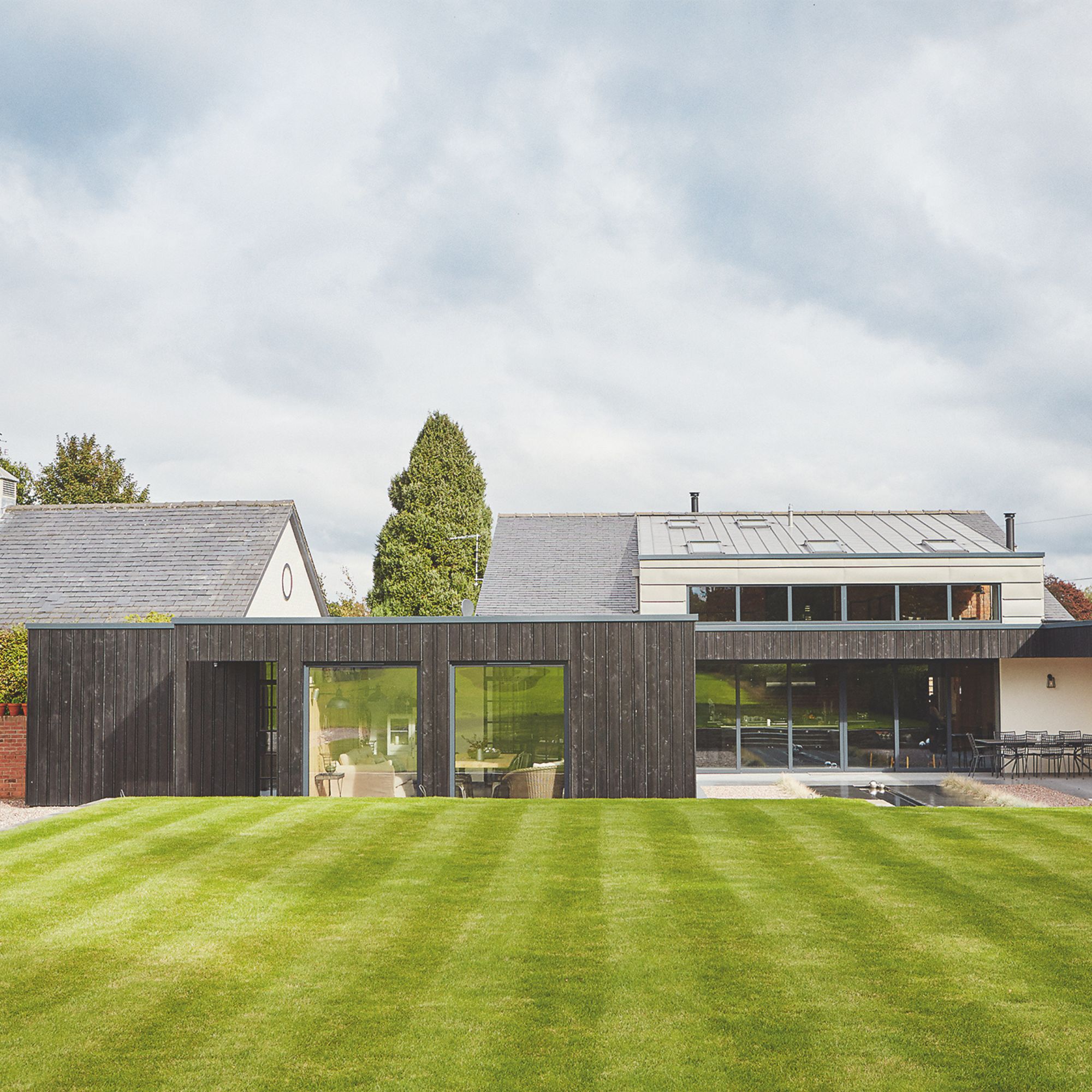
‘Low-quality or old seeds can have poor germination rates. Always check the packaging for freshness and germination guarantees, especially if you’ve come across a random bag shoved in the back of your garden shed!’ says James.
Furthermore, how you store seeds can negatively impact how long grass seed lasts.
‘Grass seed can last for several years, but only if it is stored correctly,' says Graham. 'Poor storage can cause germination to fail, even if the seeds are only a few months old. Ideally, the grass seed should be kept somewhere cool, dry and dark, such as a garage or basement.'
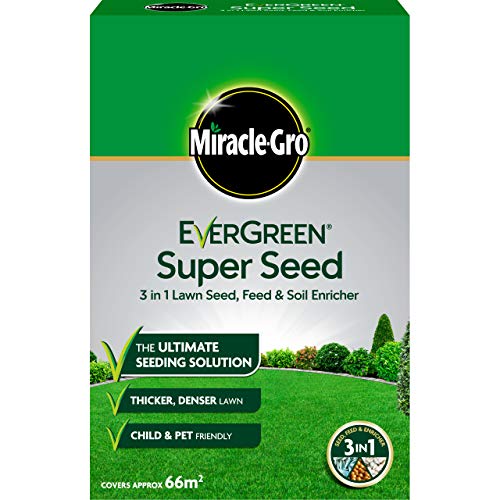
This grass seed has a controlled release fertiliser which helps establish the new seedlings and creates a thick, green lawn.
5. Soil quality
‘Grass seed needs well-aerated, nutrient-rich soil with good drainage. Compacted or clay-heavy soil can stunt root development and therefore grass growth,’ explains James.
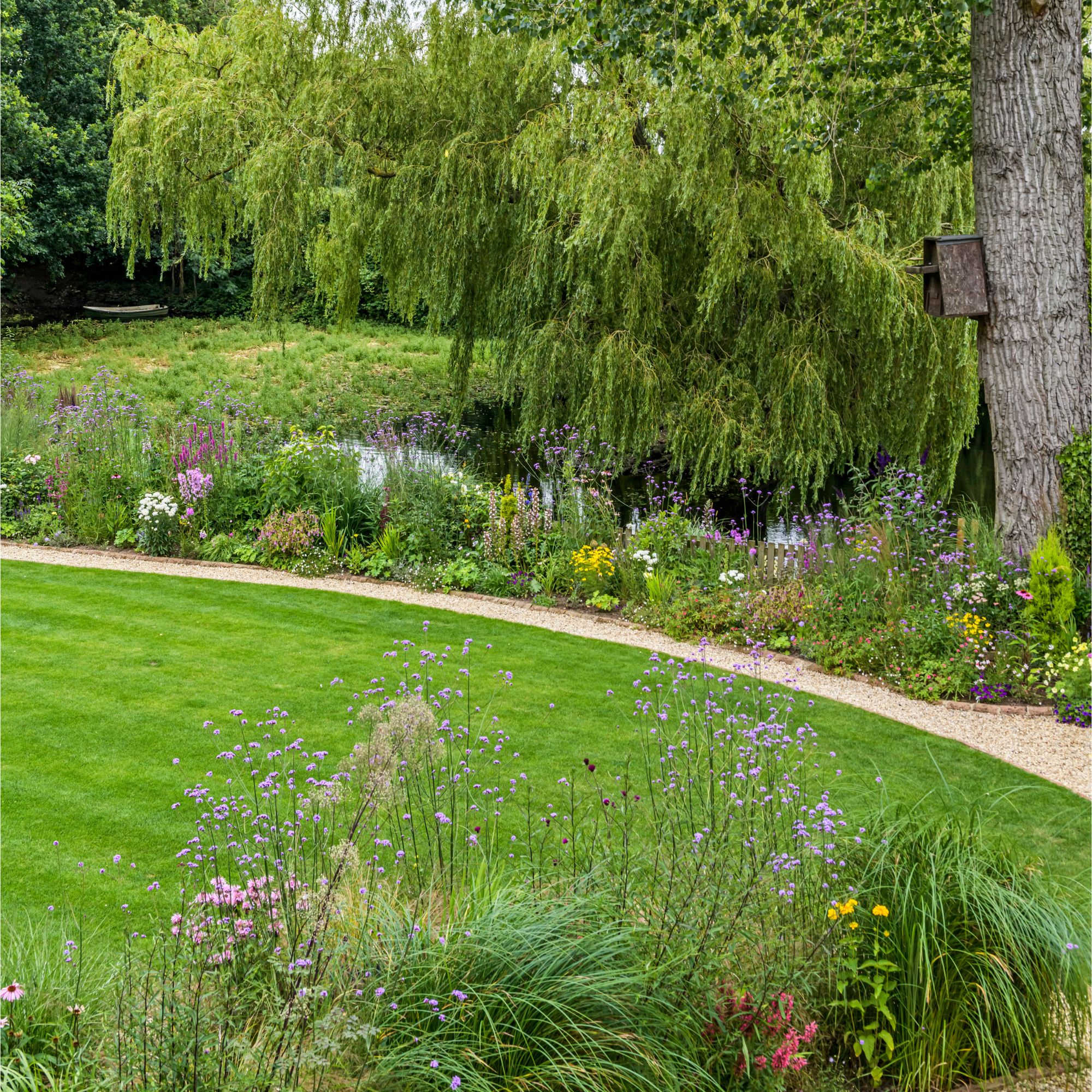
Spring is the best time to aerate your lawn, and by doing so, you can achieve healthier, greener grass. Aerating is the process of creating small holes in your lawn to allow oxygen, water and nutrients to reach the roots of your grass. Furthermore, you should aerate your lawn when the ground is moist and after you have scarified it.
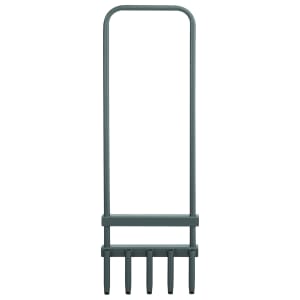
Aerating your lawn will allow oxygen, water and nutrients to reach the roots of your grass.
You don’t have to wonder ‘why is my grass seed not growing?’ anymore. These common problems can be easily addressed and fixed to ensure gorgeous green grass in time for summer.
Get the Ideal Home Newsletter
Sign up to our newsletter for style and decor inspiration, house makeovers, project advice and more.

Kezia Reynolds joined the Ideal Home team as News Writer in September 2024. After graduating from City, University of London in 2022 with a bachelor’s degree in journalism, Kezia kicked off her career spending two years working on women’s weekly magazines. She is always on the lookout for the latest home news, finding you the best deals and trends - so you don’t miss a thing!
You must confirm your public display name before commenting
Please logout and then login again, you will then be prompted to enter your display name.
-
 Coastal style gets a cheerful update in this colourful cottage
Coastal style gets a cheerful update in this colourful cottageBright stripes and bold colour blocking make decorating fun
By Sara Emslie
-
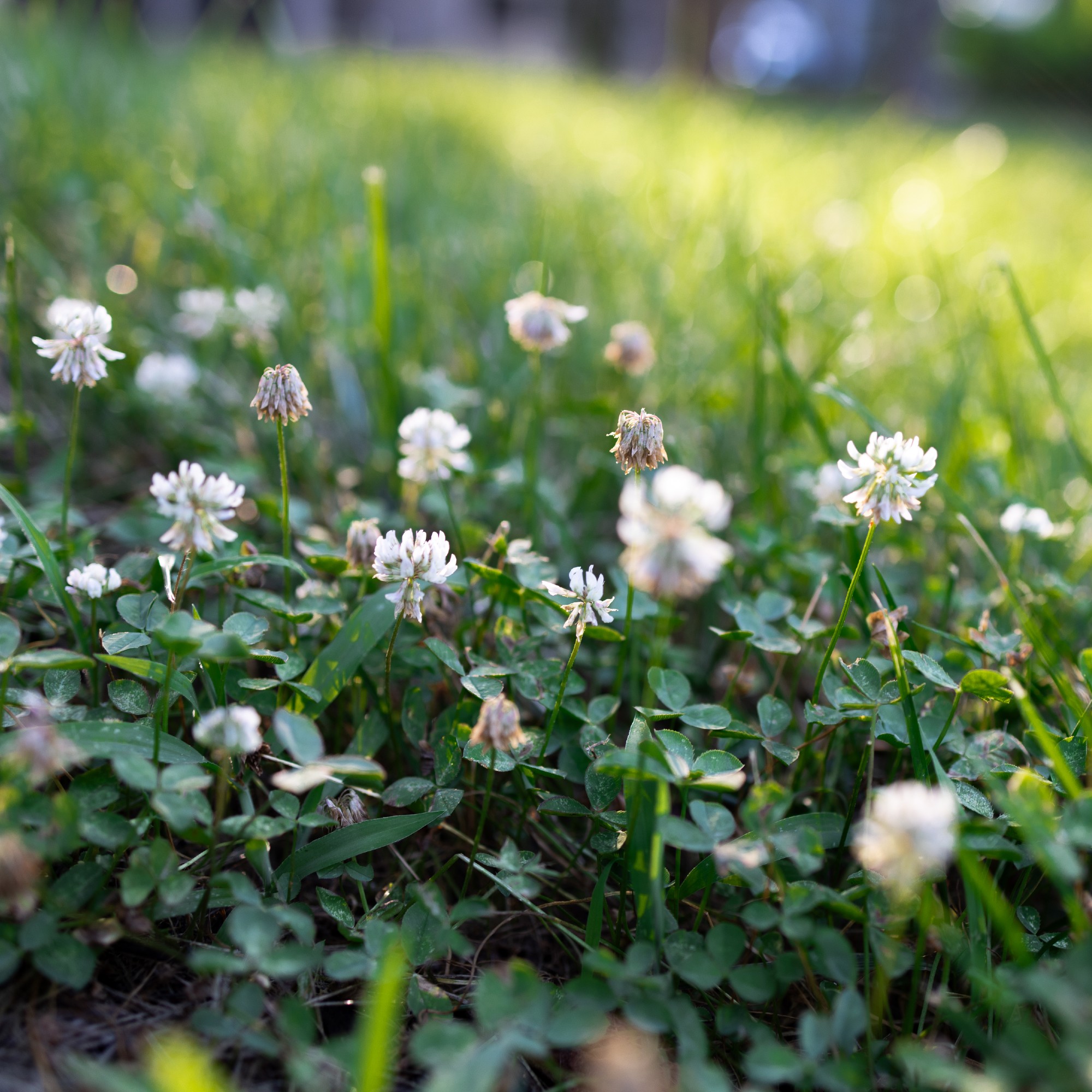 When to sow a clover lawn for an effortless, wildlife-friendly garden – the bees will love you for it
When to sow a clover lawn for an effortless, wildlife-friendly garden – the bees will love you for itYou can get started this month
By Sophie King
-
 Argos is now selling an air bed for under £12 – if you're hosting guests this Bank Holiday, you'll want this sale on your radar
Argos is now selling an air bed for under £12 – if you're hosting guests this Bank Holiday, you'll want this sale on your radarThis 25% off sale is perfectly timed ahead of Easter weekend
By Amy Lockwood